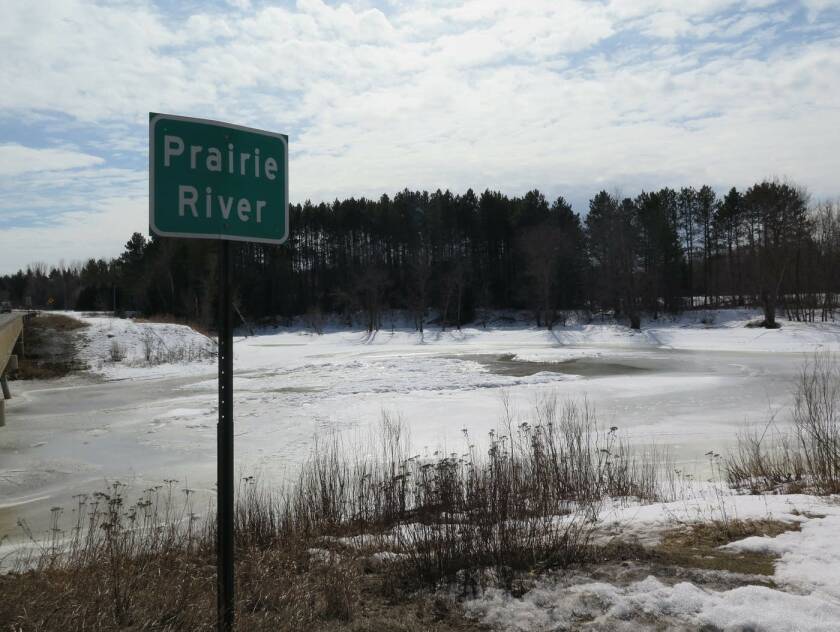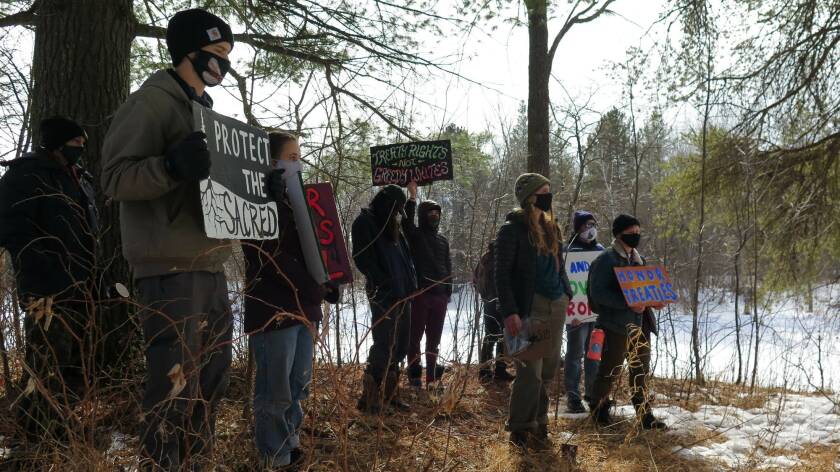GRAND RAPIDS, Minn. — Thirty years ago Wednesday, on March 3, 1991, the Line 3 oil pipeline ruptured in Grand Rapids, Minn., spilling 1.7 million gallons of crude oil onto the frozen Prairie River.
It's still the largest inland oil spill in U.S. history.
Because the river was covered with ice, crews were able to keep the oil from reaching the Mississippi, 2 miles away.
"There would be people on the ice, squeegeeing oil on top of the ice, which was weird, everything was weird, it was like some kind of gross landscape,” Scott Hall, a reporter for Grand Rapids public radio station KAXE, told MPR News in 2018 for an episode of its Rivers of Oil podcast, which dove deep into the impacts of the spill .
“And so they had hoses going down, and just sucking as much oil as they could out into these tanker trucks."

The Lakehead Pipeline Co. owned Line 3, which was built in the 1960s to carry oil from Canada, at the time of the spill. And the company that succeeded Lakehead, Enbridge Energy, is now replacing that same Line 3 with a new pipeline along a different route across the state.
Construction on the new line began in earnest in December. But Native American tribes and environmental groups continue to fight the $4 billion project, on the ground and in court.
ADVERTISEMENT
About 50 people gathered at the Prairie River near the spill site in Grand Rapids Wednesday.
Protesters say the 1991 spill is an indicator of the risk that oil pipelines pose to Minnesota waters.
Enbridge argues that the aging Line 3 needs to be replaced, and improvements in monitoring technology and operations in the past 30 years have greatly improved safety.









